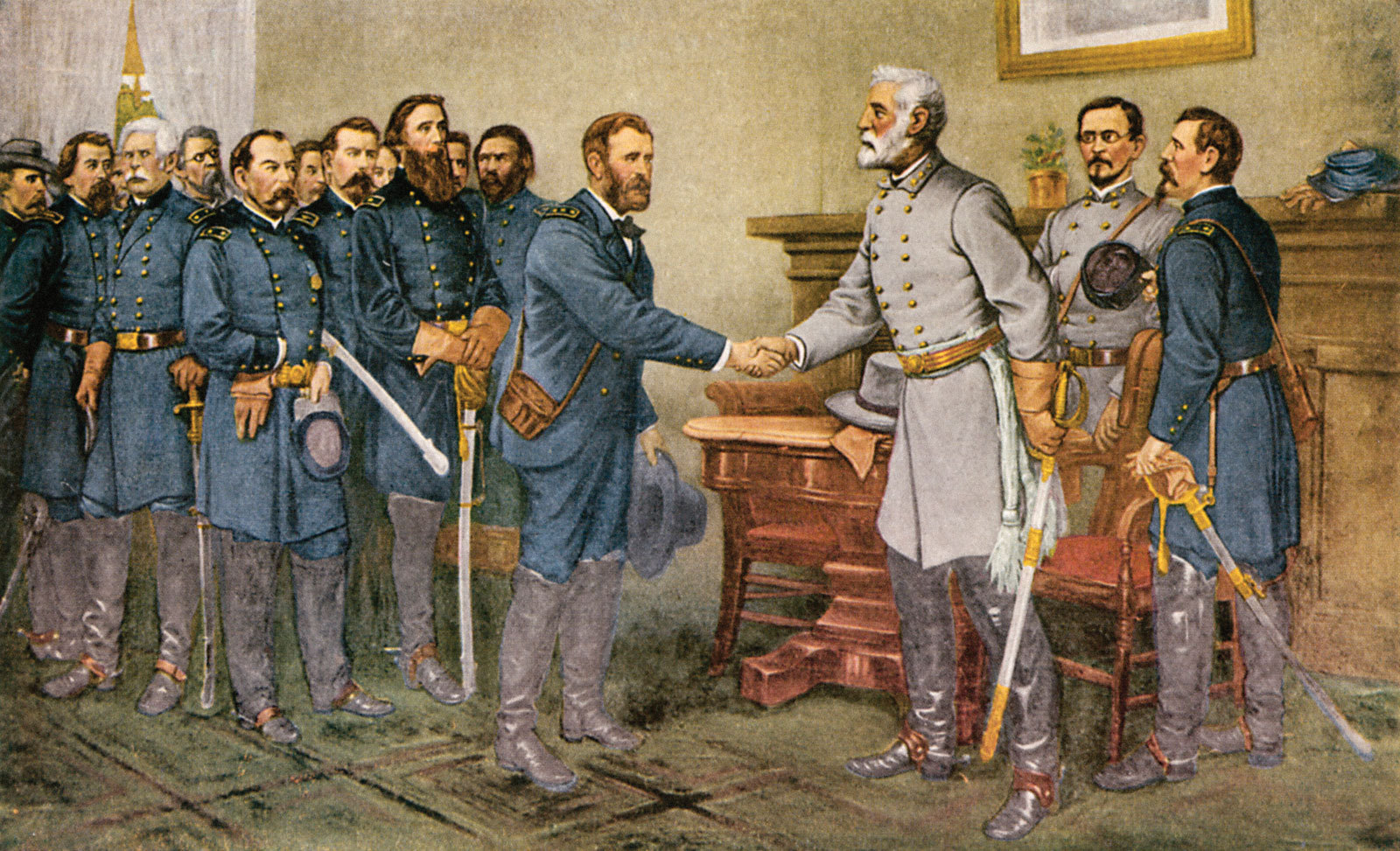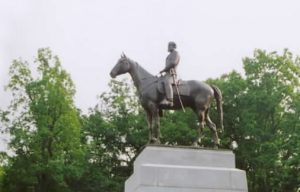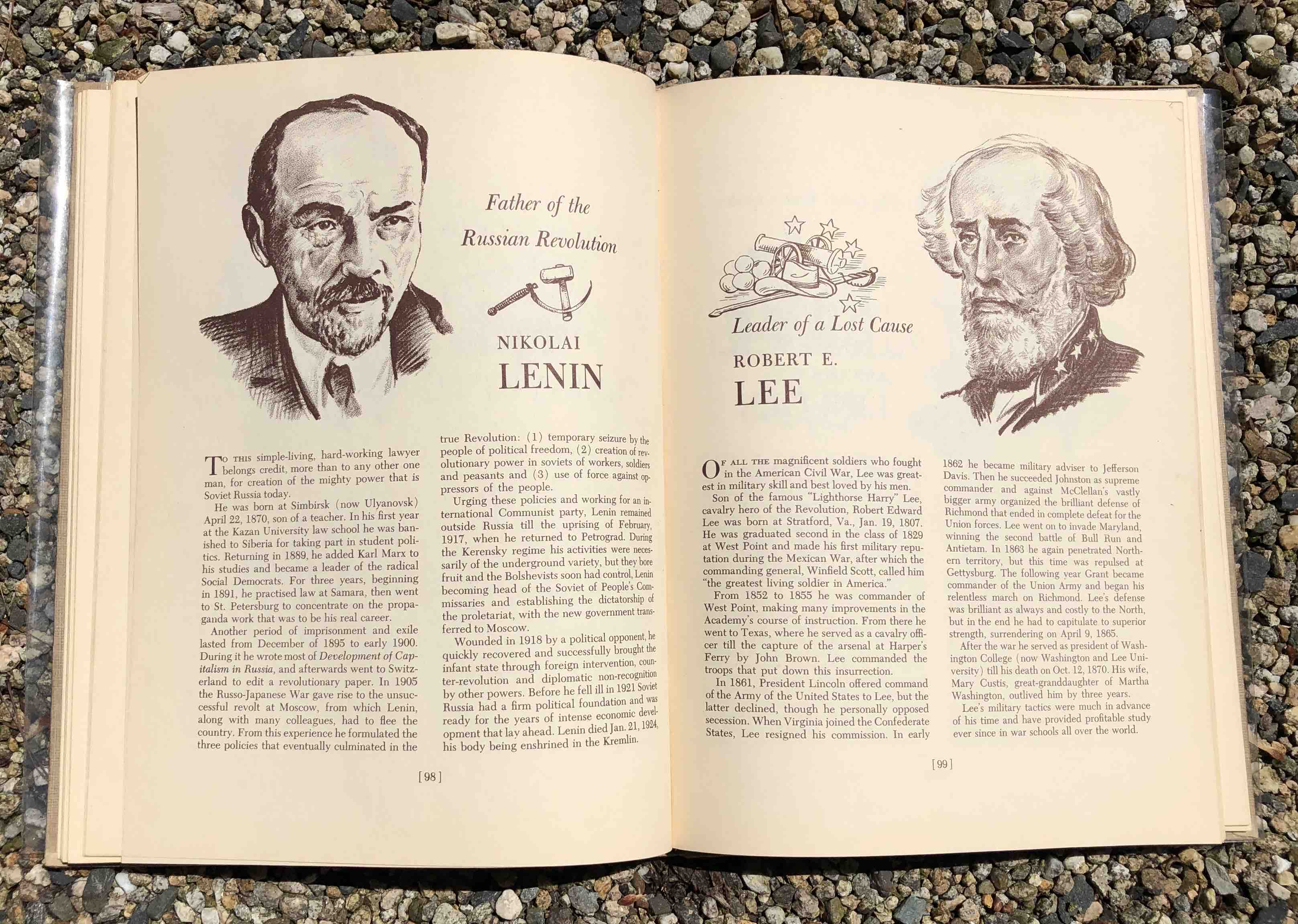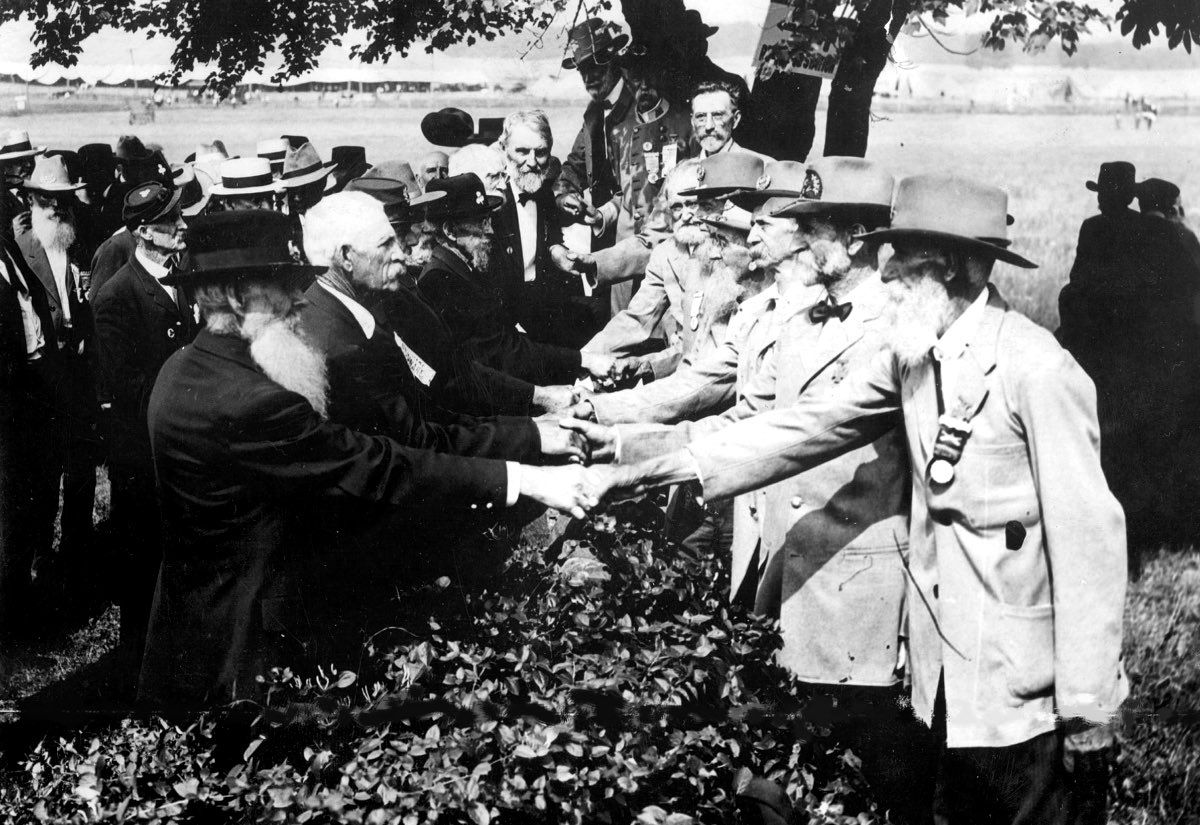
Robert E. Lee and the Fashionable Urge to Hide from History
Youthful encounter

“Who’s that man on the horse?” I asked my father at the age of about seven. “That’s Lee, ” my dad said; “he led the Southern army in the Civil War.”
He gave me a book which I still have. Illustrated Minute Biographies: 150 Fascinating Life-stories of Famous People, from the Dawn of Civilization to the Present Day, Dramatized with Portraits and Scenes from Their Lives, by Willam A. DeWitt. It’s still available and inexpensive. It’s far out of date now, but still a fine read for the young.
I scoured that book—an equal-opportunity education. (Opposite Lee’s page is a page on Lenin.) It was very balanced biography for 1953—completely non-judgmental. There was no rote criticism of villains, no worship of heroes. Lee was “Leader of a Lost Cause.” Lenin was “Father of the Russian Revolution.” I think it gave me the experience Churchill described, when as a young man he read everything he could lay hands on:
It was a curious education. First because I approached it with an empty, hungry mind, and with fairly strong jaws; and what I got I bit; secondly because I had no one to tell me: “This is discredited.” “You should read the answer to that by so and so; the two together will give you the gist of the argument.” “There is a much better book on that subject,” and so forth.
Learning about Lee

Early on, the vast moral wrong which the Civil War corrected didn’t register. Civil War themes were popular. I remember us kids wearing replica Union and Rebel soldier’s caps, not really knowing much about why they fought. The New York City public school system fixed all that. In those days, public schools taught American history to a fare-thee-well.
Our teachers introduced us to the War’s great issues of slavery and secession. They showed us the genius of Abraham Lincoln; the skill of Ulysses S. Grant; the stubborn, valiant, brilliant, foredoomed resistance of Lee. I’ve always had a soft spot for underdogs. Before I ran into Winston Churchill, Lee was my hero. That’s why I was dumfounded and saddened, over the mad rush to pull down statues and memorials to him in an effort to deny us our awareness of history.
I hold no brief for John C. Calhoun, who argued for slavery as “the greater good,” or Jefferson Davis, the Confederate President. But I wouldn’t pull down their statues. Instead I’d put up opposite a statue of, say, Frederick Douglass (whose bronze image is on the campus of Hillsdale College). The British have this sensible approach in some places. In Parliament Square, along with Jan Christian Smuts, there’s now a statue of Nelson Mandela. And Mohandas Gandhi is there now, with Winston Churchill—silent testimony to the fact that they ended up admiring each other.
Why remember Lee?
“The Great Compromise”
Shelby Foote, a literate and readable Civil War historian, offered worthy and fine words on what he called “The Great Compromise,” in place in America at least since the 1913 Gettysburg reunion, and certainly at the final encampment in 1938:
It consists of Southerners admitting, freely, that it was best that the Union wasn’t divided. And the North admits, rather freely, that the South fought bravely for a cause in which it believed. That is the Great Compromise, and we live with that, and it works for us. We are now able to look at the War with some coolness, which we couldn’t do 100 years ago…. All that’s over now. The Great Compromise obtains.
This is a far more sensitive and caring point of view than that of the Woke Culture. It would be regressive to replace that coolness—which took a century to develop—with the old welter of grievances that followed the Civil War.
On the tearing down of statues and symbols, Foote cited a state senator, who got her fellow senators to disallow the use of a Confederate symbol—not the Battle Flag—by the Daughters of the Confederacy. “I don’t understand that,” he said. “It’s a violation of the Compromise. It’s an arousal of bitterness. Now she, along with a great many others, do not want to be reminded. She has every right to want to hide from history if she wants to. But it seems to me that she’s trying to hide history from us—and that’s a mistake.”
Brothers

Who knows but it may be given to us after this life to meet again in the old quarters, to play chess and draughts, to get up soon to answer the morning roll call, to fall in at the tap of the drum for drill and dress parade, and again hastily to don our war gear while the monotonous patter of the Long Roll summons us to battle.
Who knows but again the old flags, ragged and torn, snapping in the wind, may face each other and flutter, pursuing and pursued, while the cries of victory fill a summer day? And after the battle, then the slain and wounded will arise. All will meet together under the two flags, all sound and well. And there will be talking and laughter and cheers. And all will say: Did it not seem real? Was it not as in the old days?
—Berry Benson (1843-1923), Company H, 1st South Carolina Regiment, Hill’s Division, Army of Northern Virginia







2 thoughts on “Robert E. Lee and the Fashionable Urge to Hide from History”
Well said, Warren.
Regarding the “whitewashing” of murals in San Francisco, you cannot erase history. It is lazy and cowardly even to try. The murals (which I have seen) along with those in Coit Tower, are wonderful. They tell us how artists felt in the 1930s amidst the Gt. Depression — they cared about others, not just themselves. As most have said, this is an educational opportunity. Young children are not affected (grossed out) by what bothers adults when an empathetic teacher explains things. Trust the teachers. Give them a chance. Don’t steal our heritage. There can be monuments (e.g. the Civil War) which the local population finds egregiously insulting and/or were erected for just that purpose. Each case should be decided on its merits, or lack thereof. But be careful. The city fathers in Paris, France, when challenged that there was no memorial to Albert Dreyfus, secreted one away in a quiet obscure corner. When a larger one was commissioned the ‘Ecole Militaire refused to place it on the grounds of the school. It’s been a moving target ever since.
Comments are closed.